Black Community Building Collective Spotlight: Byrd Barr Place
The Black Community Building Collective is a coalition of Black-led organizations brought together by United Way of King County to build relationships, form strategies that impact the Black community, and to fund those strategies using participatory grantmaking, an approach that cedes decision-making power for funding to communities impacted by funding decisions. The Collective launched in 2020 to invest $1.5 million in local, Black-led organizations. The Collective comprises 15 Black-led nonprofit organizations—who know their communities best—that determine how funding is directed to support equitable recovery and long-term viability of King County’s Black community. We are currently investing an additional $1.5 million this year, and we anticipate additional funding in later years.
United Way features monthly spotlights of Collective members. This month, we’re spotlighting Byrd Barr Place, a Seattle-based organization that offers essential services—including food, shelter and financial tools—for residents in Seattle’s Central District. We sat down with Andrea Caupain Sanderson, Byrd Barr Place’s CEO since 2008.
United Way of King County: Tell us a little about your background.
Andrea Caupain Sanderson: I have been with Byrd Barr Place for 19 years. I started in 2003 as director of operations, and when the CEO who brought me there retired, I became the interim CEO for about nine months and then the permanent CEO. Before that, I worked for the Washington State House Democratic Caucus, the Senate Democratic Caucus. I also worked for Governor Gary Locke as a policy analyst for five years; I worked with the Washington State Commission on African American Affairs and then I came to Byrd Barr Place.
United Way of King County: When did you first hear about Byrd Barr Place?
Andrea Caupain Sanderson: I first heard about Byrd Barr Place when it was CAMP—Central Area Motivation Program. It started as CAMP in 1964. A group of Black pastors from the Central District came together to rally and energize what was already happening nationally—the Civil Rights Movement. They were talking about school desegregation, about being civically engaged and for Black people to educate themselves on how to advocate for ourselves. And through all of those conversations and organizing, the pastors created Central Area Motivation Program.
We were created in the Central District, which was redlined in the 1960s, like a lot of communities were across the nation. Even though it’s been gentrified today, back then it was about 98 percent of the residents of the CD who were Black. Today, it’s 14 percent. However, that’s where Black people worked, worshipped, played, lived, learned, so CAMP was a symbolic home for the Black community. [Note: The organization changed its name to Byrd Barr Place in 2018 in honor of Roberta Byrd Barr, a civil rights leader, educator and journalist who worked with the organization in the 1960s and 1970s.]
I heard about CAMP because I was working on the Washington State Commission on African American Affairs, and I had the opportunity to travel around to various Black communities across the state. I went to Bellingham, Bremerton, Vancouver, Tacoma, and of course Seattle, and I interfaced with Black organizations and groups organizing around Black issues. That brought me to CAMP, where we did policymaking together, we planned African American Legislative Day together. We did a lot of grassroots organizing with CAMP on the ground, connecting people with the legislative and policymaking process in Olympia.
United Way of King County: What were some of the issues you were organizing around?
Andrea Caupain Sanderson: Back then it was education—ensuring our students had the resources they needed to succeed in school. It’s interesting because we’re still talking about that today. It was also criminal justice, the rate at which our Black men, in particular, were being incarcerated. Overall, we were talking about economic security for Black people, how do we strengthen the social safety net program, which a lot of us were reliant on, and how do we create pathways in workforce development for Black people to make a livable wage.
United Way of King County: As the Black community has been displaced from the Central District, where is Byrd Barr’s work now?
Andrea Caupain Sanderson: The work is now statewide and the work is now in fortifying other Black-led organizations so they can be in the work. We want to impact the 400,000-plus Black Washingtonians who live here. The work is on policy and systems change in several areas. We continue to work in civic engagement, ensuring we are preparing leaders for a pipeline for legislative rolls, leadership roles at other organizations and to become well versed in policymaking.
We’re also looking at health equity, at economic mobility, education and public safety. Those are the areas where we are gathering data and using that data to inform policy and systems change on behalf of Black Washingtonians across the state—and sharing that data with our sibling Black organizations.
We want to impact the 400,000-plus Black Washingtonians who live here.
Andrea Caupain Sanderson, Byrd Barr Place CEO
United Way of King County: Where are Byrd Barr place’s most significant wins?
Andrea Caupain Sanderson: We’ve pulled out very large demonstrations throughout the years. We talk about the Black Lives Movement after the killing of George Floyd. We have spearheaded a lot of demonstrations, a lot of similar demonstrations in response to better opportunities for Black people in a region that is prosperous. Specifically, we’ve worked alongside our sibling Black organizations and our white allies to change the education system in Washington state and Seattle in particular, bringing attention to what was not happening for our Black and brown students and getting parents involved.
We’ve also had wins around communities that have been displaced. We’ve been working with city council, with King County Council to enforce and institute policies that will allow Black folks to stay in their neighborhoods if they should so choose. We’ve been working with developers and the City of Seattle to not just do affordable housing but to create pathways for home ownership. We’ve supported research around creating a land trust in Seattle around which Africatown Community Land Trust is a successful organization.
And we also spearheaded work with the department of health, bringing attention to maternal mortality. The incidents of Black women dying during childbirth continues to climb in Washington state, as it has nationally. And have been working with the state Department of Health to call attention to that, and they are now deeply listening, and we consider that a win Now, we need to see movement. We will be pulling in Seattle Children’s Hospital and University of Washington Medicine and other institutions on the ground that are interacting with our Black families to bring a theory to practice model to support moving that maternal mortality figure into a better direction.
United Way of King County: How has your work changed during the pandemic?
Andrea Caupain Sanderson: Our work has grown more. We still provide direct services; our food bank went from 500 households per week to 1,100. We also provide rent assistance; our utility and home repair are for low-income families in Seattle. What has shifted is that we historically see people who were born in poverty, who lived in poverty and would most likely die in poverty. We are now seeing, since the pandemic, a lot of people who are college educated, who once had the ability to take care of themselves financially [and] are now seeking social services because their jobs have gone. We are shifting how we engage community, to educate people without assuming that they might know how our rental assistance program works.
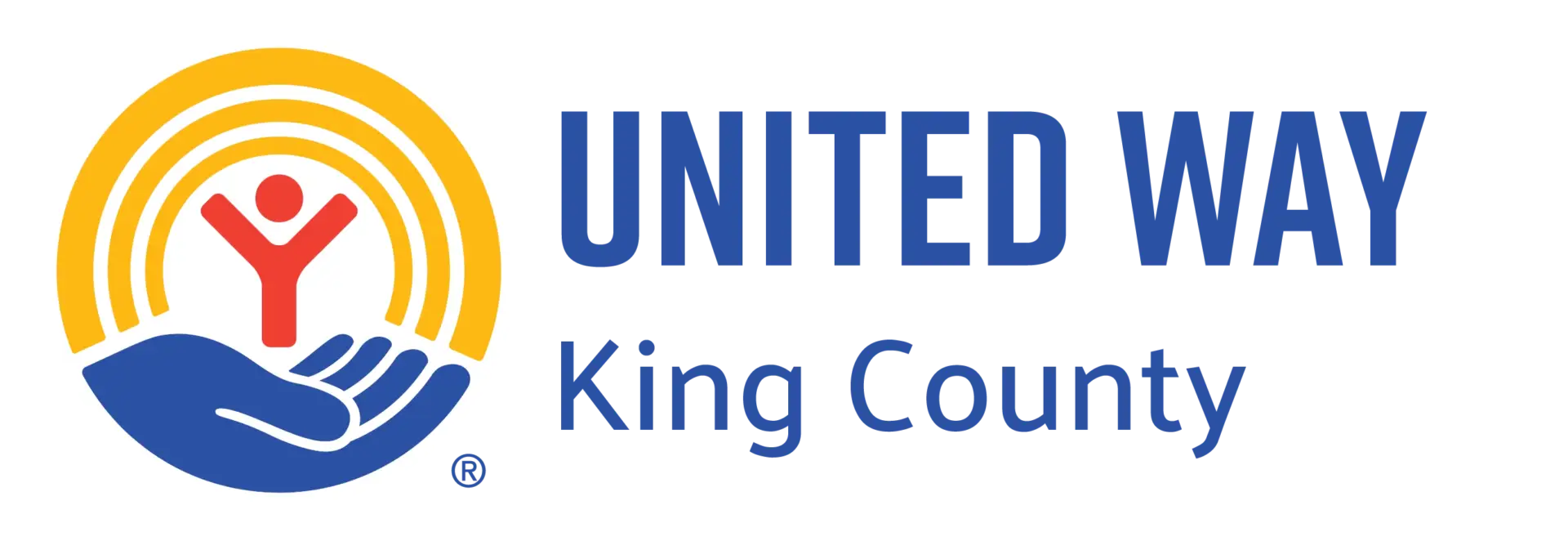
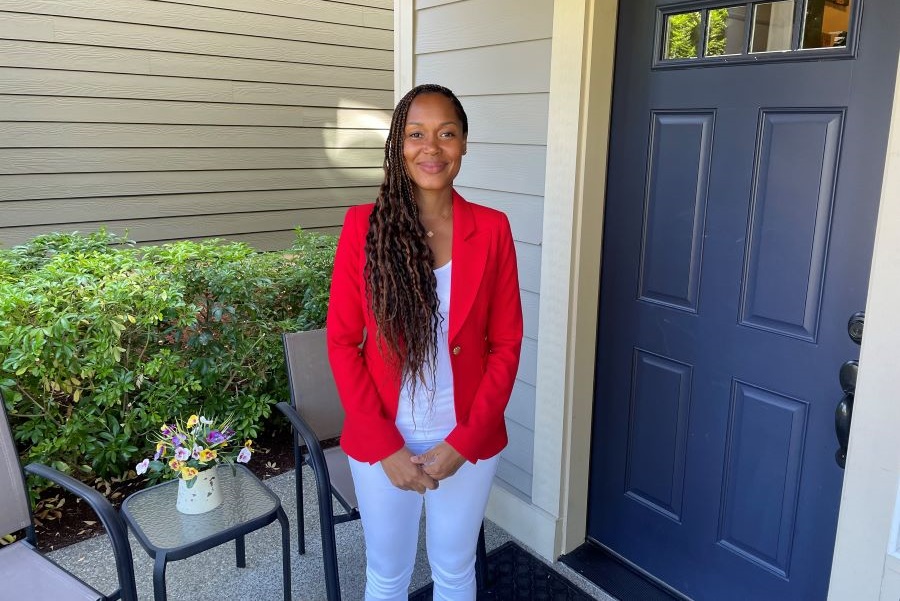
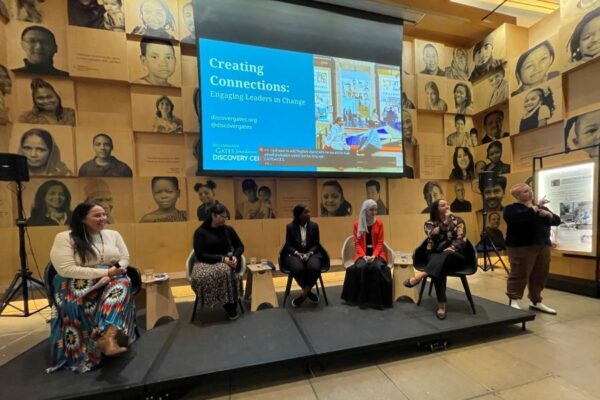
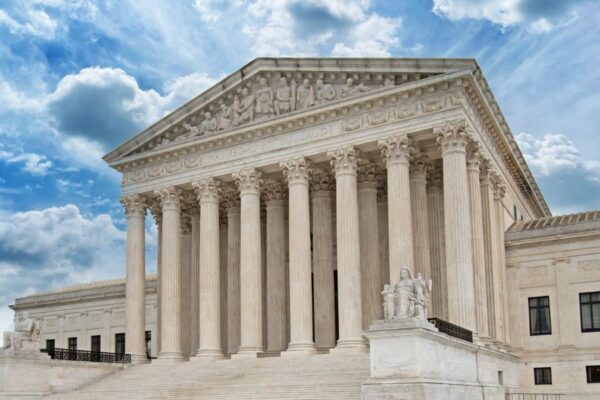
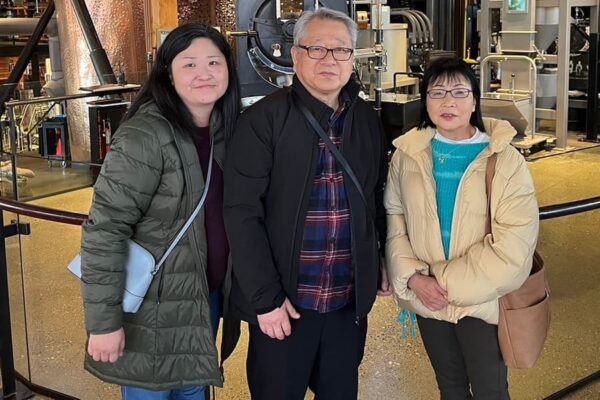
Comments